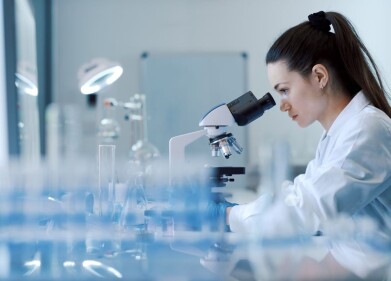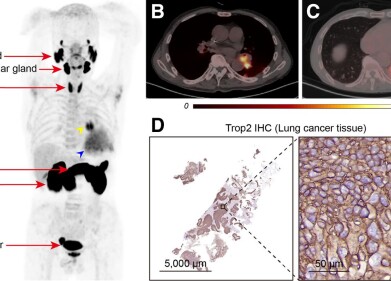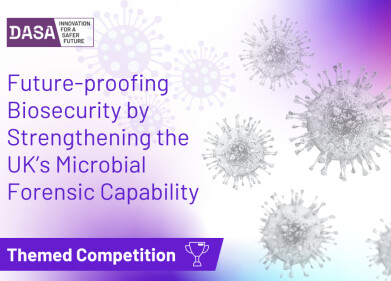-
 Georg Stary (right) with first authors Ram Vinay Pandey and Johanna Strobl
Georg Stary (right) with first authors Ram Vinay Pandey and Johanna Strobl
News & views
Study reveals potential for safer Stem Cell Therapies
Feb 14 2023
Researchers in Vienna, including from the Ludwig Boltzmann Institute for Rare and Undiagnosed Diseases have discovered processes that can contribute to the success of stem cell transplantation, for example in the treatment of leukaemia.
During transplantation therapy, the patient's haematopoietic system is eliminated and replaced by haematopoietic cells from donors, although the exact mechanisms for restoration of their immune systems have not yet been conclusively clarified.
A research group led by Georg Stary from MedUni Vienna's Department of Dermatology and the CeMM Research Center for Molecular Medicine of the Austrian Academy of Sciences, analysed immune cells in the blood and skin of stem cell transplantation recipients. In sequential samples, the scientists discovered regulatory processes were involved in restoring the balance of T cells in the immune system, which is relevant for the success of stem cell transplantation.
In particular, enzymes called histone deacetylases (HDACs) proved to be essential players in this process. The medicinal inhibition of HDACs is already successfully used in cancer therapy. In order to investigate a possible application of this approach after stem cell transplantation, the team administered HDAC inhibitors to isolated cells. "By inhibiting different classes of HDACs in isolated T cells from patients after stem cell transplantation, we could modulate the imbalance of T cell subsets," report first authors Ram Vinay Pandey and Johanna Strobl from the Department of Dermatology at MedUni Vienna.
Further insights were also gained through the study into graft-versus-host disease (GVHD), where blood and skin analysis revealed a rapid recovery of immune cells that are of importance for GVHD (such as effector T cells), while the appearance of "protective" regulatory T cells was delayed. On the other hand, the simultaneous examination of the transcriptome, i.e. all those genes that are actively read from the DNA, and the epigenome, the "readiness" of individual genes, showed strong differences between skin and blood cells. This imbalance between body tissues as well as regulatory and non-regulatory cell types has been found to promote complications such as GVHD, affecting about 40% of stem cell transplant patients.
"With the potential of HDAC inhibitors to modulate T cells after stem cell transplantation, we have discovered an innovative approach to influence the epigenetics of T cells at specific time points after stem cell transplantation and to increase the safety of the therapy," said Georg Stary. "Our study underlines the importance of epigenetic regulators in restoring the immune system and shows new therapeutic possibilities for achieving T-cell balance after stem cell transplantation."
Published in Clinical Immunology
More information online
Digital Edition
Lab Asia 31.6 Dec 2024
December 2024
Chromatography Articles - Sustainable chromatography: Embracing software for greener methods Mass Spectrometry & Spectroscopy Articles - Solving industry challenges for phosphorus containi...
View all digital editions
Events
Jan 22 2025 Tokyo, Japan
Jan 22 2025 Birmingham, UK
Jan 25 2025 San Diego, CA, USA
Jan 27 2025 Dubai, UAE
Jan 29 2025 Tokyo, Japan


















